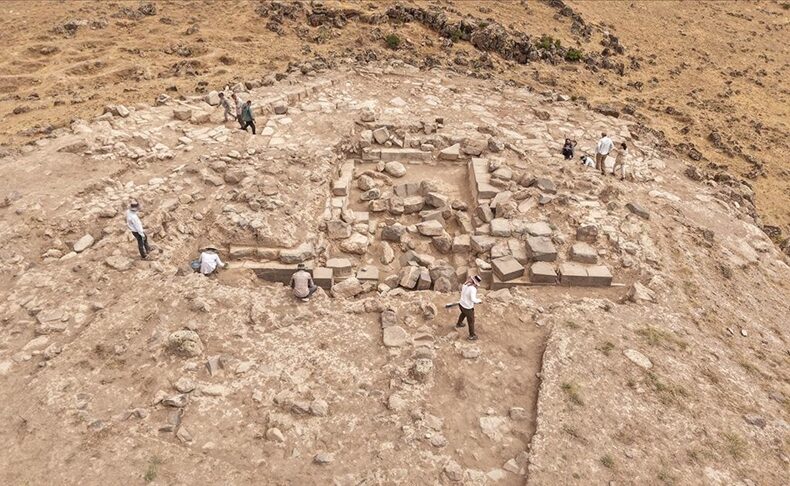
Unearthed Legacy: Körzüt Fortress Identified as “Haldi’s Sacred City” Through Cuneiform Tablets
Excavations in eastern Türkiye’s Van Province have revealed that the ancient Körzüt Fortress—built by the Urartians—was once known as “Haldi Patari,” meaning “The Sacred City of Haldi.” The discovery stems from the deciphering of cuneiform tablets found within a monumental temple complex.
Perched on the volcanic slopes of the Muradiye district, Körzüt Fortress has long drawn the attention of archaeologists. But this year’s excavations, led by Assoc. Prof. Dr. Sabahattin Erdoğan of Van Yüzüncü Yıl University, yielded a historic breakthrough: a set of six-line cuneiform inscriptions confirmed the site’s Urartian-era name as Haldi Patari—a direct reference to Haldi, the supreme god of the Urartian pantheon.
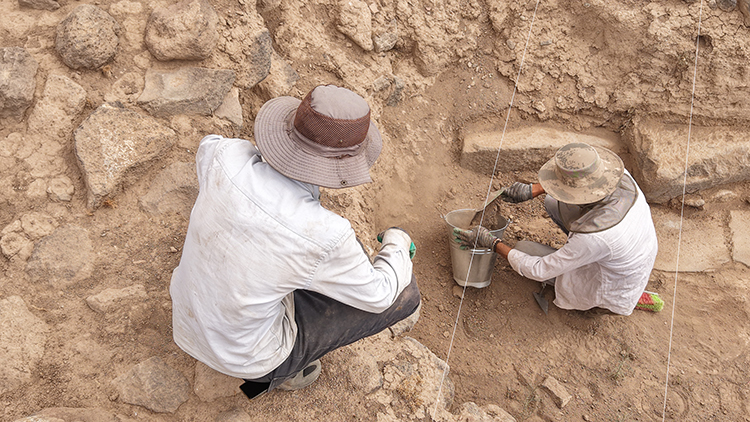
With backing from Türkiye’s Ministry of Culture and Tourism and local institutions, the excavation team has now redefined Körzüt as not just a military outpost, but a spiritual and political stronghold of the Iron Age kingdom.
Cyclopean Walls and Urartian Engineering Genius
One of Körzüt’s most striking features is its massive basalt fortifications, some stones weighing between 6 and 12 tons. These enormous blocks were quarried from nearby hills and stacked with remarkable precision—forming 9-meter-wide defensive walls that still dominate the rugged landscape.
📣 Our WhatsApp channel is now LIVE! Stay up-to-date with the latest news and updates, just click here to follow us on WhatsApp and never miss a thing!!
Asst. Prof. Dr. Can Avcı, a historian from Istanbul University, emphasizes the engineering feat:
“The structural balance of these massive stones—laid against the slope of the terrain—demonstrates an advanced understanding of static load distribution. Körzüt’s monumental scale reflects both its sacred status and its strategic power.”
Temples, Arrowheads, and Medieval Coins
This year’s discoveries extend far beyond the tablet inscriptions. Archaeologists uncovered a second temple, the entrance to a royal citadel, and ancient road systems that once connected civilian zones to the inner sanctum of the city.
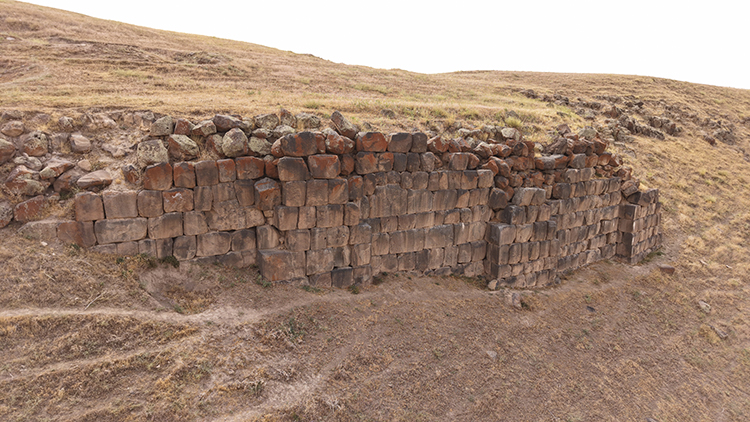
Findings include:
- Urartian arrowheads,
- Glazed and unglazed pottery,
- and silver coins dating to the 10th century CE—evidence of continued settlement into the medieval period.
“These are not just objects,” Erdoğan notes, “they are layers of cultural continuity spanning from the Urartians to the Middle Ages.”
A City Named by the Gods: “Haldi Patari”
The true significance of Körzüt’s rediscovery lies in its name. While most Urartian cities have lost their ancient identities to time, Haldi Patari emerges with linguistic and spiritual clarity.
The tablets describe Körzüt as a city directly consecrated to Haldi—suggesting a unique religious function within the Urartian state system. The site now holds rare value as one of the few Urartian settlements whose original name and divine dedication are archaeologically confirmed.
Cover Image Credit: Aerial view of the Körzüt Fortress excavation site, revealing the layout of ancient walls and temple foundations. Photo by Necmettin Karaca.
You may also like
- A 1700-year-old statue of Pan unearthed during the excavations at Polyeuktos in İstanbul
- The granary was found in the ancient city of Sebaste, founded by the first Roman emperor Augustus
- Donalar Kale Kapı Rock Tomb or Donalar Rock Tomb
- Theater emerges as works continue in ancient city of Perinthos
- Urartian King Argishti’s bronze shield revealed the name of an unknown country
- The religious center of Lycia, the ancient city of Letoon
- Who were the Luwians?
- A new study brings a fresh perspective on the Anatolian origin of the Indo-European languages
- Perhaps the oldest thermal treatment center in the world, which has been in continuous use for 2000 years -Basilica Therma Roman Bath or King’s Daughter-
- The largest synagogue of the ancient world, located in the ancient city of Sardis, is being restored

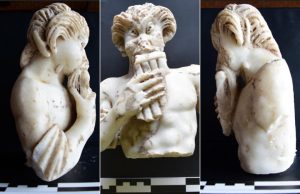
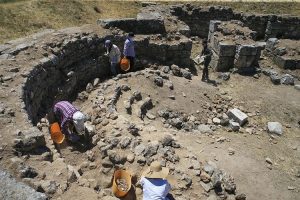
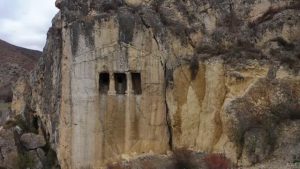
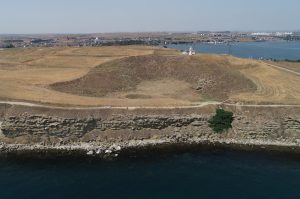
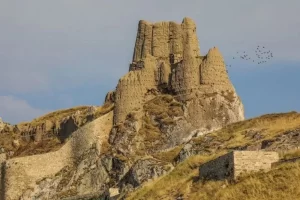
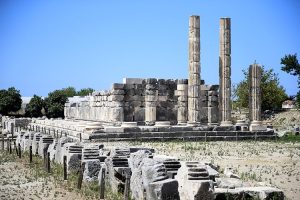
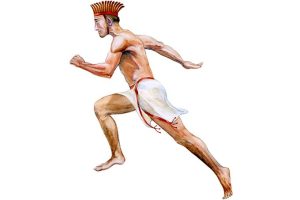

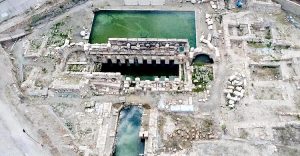
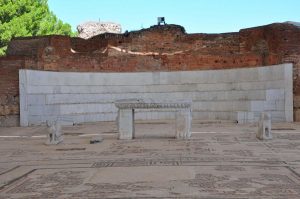
Leave a Reply